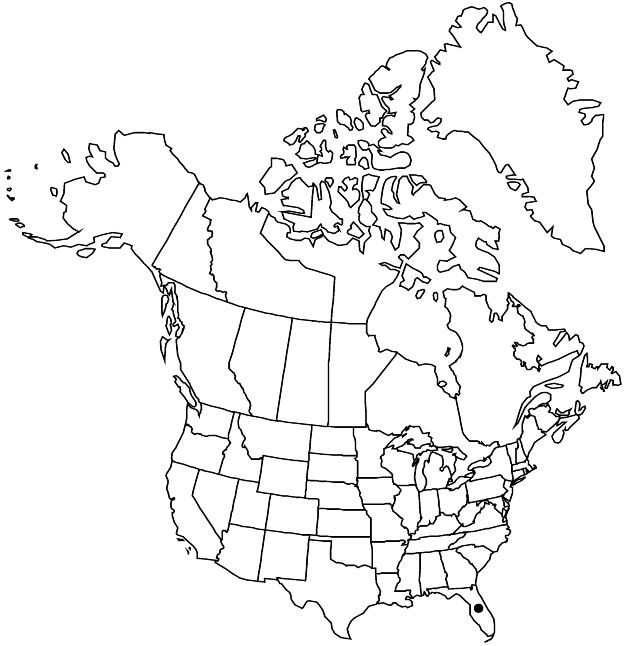Hybanthus linearifolius
Symb. Antill. 5: 436. 1908.
Plants herbs, annual or perennial, 10–50 cm, from subligneous rhizome ca. 3 mm diam. Stems 1+, erect or ascending, branched, subglabrous or hairy. Leaves: proximal usually opposite, distal usually alternate (occasionally opposite), petiolate or sessile; stipules linear-subulate to lanceolate, 0.6–2 mm, usually glabrous; petiole 0–6 mm; blades: proximal obovate or elliptic-ovate, distal oblong-lanceolate to linearlanceolate, elliptic, or obovate-elliptic, 0.8–5.1 × 0.3–1.8 cm, base attenuate, margins subentire to remotely crenulate-dentate, ciliate, apex acute to obtuse, surfaces glabrate or puberulent. Inflorescences 1–2-flowered; peduncle ± horizontal or erect at anthesis, horizontal or pendant in fruit, 6–20 mm, puberulent; bracteoles present. Flowers: sepals appressed to corolla, lanceolate, ovatelanceolate, or oblong, margins ciliate, apex acuminate; petals: upper and laterals white, bluish, or purplish white, oblong, 3–5 mm, margins sometimes ciliate, apex deltate, often tinged purple or red, glabrous; lowest white, bluish, or purplish white, with basal purple patch, 5–9.5 mm, claw 3–4 × 1 mm, distal limb deltate to suborbiculate, ± flat to convex at anthesis, 4–10 mm wide, apex retuse or not, surfaces glabrous; presence of cleistogamous flowers not determined. Capsules globose or obtusely trigonous, 3–4.5 mm. Seeds 3–6, brownish black to black, ovoid or obovoid, subangular, 1.3–2 mm.
Phenology: Flowering Jan–Dec.
Habitat: Avocado groves and ruderal areas
Elevation: 1–3 m
Distribution

Introduced; Fla., West Indies (Cuba), West Indies (Dominican Republic), West Indies (Greater Antilles), West Indies (Lesser Antilles), West Indies (Puerto Rico), West Indies (Virgin Islands)
Discussion
Hybanthus linearifolius appears to have first been documented in Florida in 2001 by K. A. Bradley from an avocado grove in Miami-Dade County (FTG 140029, 140268). The occurrence was cited by R. P. Wunderlin and B. F. Hansen 2003 (K. A. Bradley, pers. comm.). In 2009, it was collected in Palm Beach County, Florida, and identified at the Division of Plant Industry, FDACS; it was not accessioned (P. J. Anderson, pers. comm.).
Hno. Alain (1985–1997, vol. 3) reported that Hybanthus linearifolius occurs as an annual or a perennial; it is unknown if the species behaves as an annual or perennial in Florida.
Selected References
None.
Lower Taxa
"thick" is not a number.